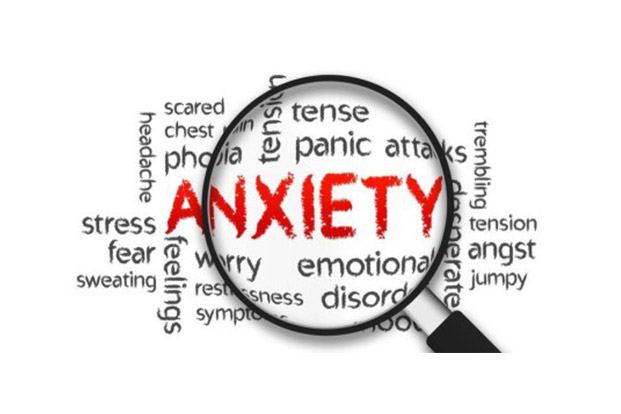
First of all,
Children’s anxiety is a common and sometimes misdiagnosed condition that can have a serious negative influence on their general development and well-being. It is essential for parents, teachers, and other caregivers to recognize the symptoms of anxiety in children in order to offer the right kind of support and solutions. The purpose of this essay is to examine the several ways that anxiety manifests in kids, comprehend the underlying causes of anxiety, and go over helpful support techniques.
Understanding Children’s Anxiety:
Although anxiety is a normal reaction to stress or perceived dangers, it can negatively impact a child’s quality of life and everyday functioning when it persists or becomes severe. Anxiety can take many different forms in children, such as panic disorder, social anxiety, separation anxiety, generalized anxiety disorder, and particular phobias. Since each child may experience these conditions in a different way, it’s important to recognize a wide range of symptoms.
Identifying Anxiety in Children:
Children who experience anxiety may exhibit symptoms in the behavioral, emotional, cognitive, or physical domains. Children who are nervous may behave in ways such as being needy, withdrawing, avoiding particular situations or activities, being easily agitated, or becoming restless. They may exhibit anxiety, worry, despair, or frustration emotionally, frequently accompanied by crying or outbursts. Excessive concern, perfectionism, trouble focusing, or negative thought patterns are examples of cognitive symptoms. Children who are worried physically may exhibit symptoms including headaches, stomachaches, tense muscles, fast heartbeats, or trouble falling asleep.
Children’s Anxiety Causes:
A number of factors, including genetic predisposition, environmental stressors, family dynamics, traumatic experiences, and neurobiological factors, can lead to the development of anxiety in children. Youngsters who have a family history of anxiety problems may be more prone to anxiety disorders themselves. Furthermore, traumatic life events like parental divorce, relocating to a new school, peer pressure, or bullying can cause or worsen a child’s anxiety symptoms. Furthermore, the development of anxiety disorders may also be influenced by neurobiological variables such as abnormalities in brain chemistry or neural architecture.
Helping Children Who Are Anxious:
Helping children who are anxious demands a multifaceted strategy that takes into account their emotional, behavioral, cognitive, and physical requirements. Caregivers, educators, and parents are essential in establishing a nurturing atmosphere that develops resiliency and coping mechanisms. Here are a few successful methods for offering assistance:
1. Encourage Honest and Open Communication:
Give the youngster the freedom to communicate their emotions and worries without fear of repercussions. Reassure them that feeling anxious from time to time is natural and validate their feelings.
2. Establish Routines:
Giving nervous kids a sense of consistency and security can be achieved by establishing regular routines. Regular daily routines for activities, food, and bedtime can help lessen anxiety and uncertainty.
3. Teach Coping Skills:
Instruct kids in coping mechanisms like progressive muscle relaxation, positive self-talk, mindfulness practices, and deep breathing exercises. They can efficiently manage their anxiety symptoms with the aid of these approaches.
4. Gradual Exposure:
In a supportive and regulated environment, gradually expose the child to triggers or events that they are afraid of. Utilize a methodical desensitization technique to assist the youngster in progressively facing their concerns.
5. Promote Healthy Lifestyle Habits:
Encourage healthy habits include regular exercise, a balanced diet, enough sleep, and little screen time. Living a healthy lifestyle can lessen stress and enhance general wellbeing.
6. Seek Professional Help:
Consult a Qualified Mental Health Professional for Assistance if Your Child’s Anxiety Symptoms Persist or Significantly Impair Their Daily Functioning. Treatment for childhood anxiety problems, such as play therapy or cognitive-behavioral therapy (CBT), can be quite successful.
7. Encourage the Development of Supportive Relationships:
Help the kid form relationships with teachers, counselors, parents, and peers that will allow them to receive emotional support and encouragement.
In conclusion:
Anxiety in children is a complicated and multidimensional problem that calls for parents, teachers, and other caregivers to have empathy, tolerance, and support. Through identification of the symptoms, comprehension of the underlying causes, and application of useful support techniques, we can facilitate the growth and development of the abilities essential for anxious children to effectively control their anxiety. Children who are apprehensive can learn to overcome their worries and have happy, meaningful lives with the right support and early intervention.








